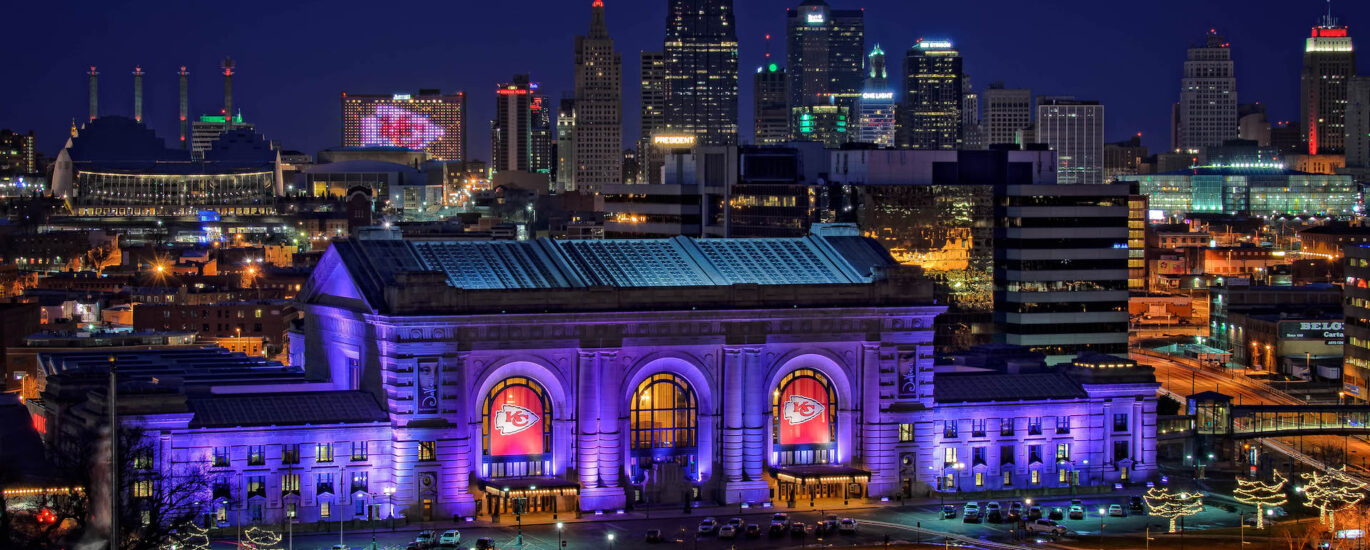Welcome to the Kansas City Union Station, a landmark that stands as a testament to the rich history of transportation in the United States. Opened on October 30, 1914, this Beaux-Arts style station was designed by architect Jarvis Hunt. It was part of the City Beautiful movement, which aimed to introduce beautification and monumental grandeur in American cities. Union Station was the third-largest train station in the country at its inception, reflecting Kansas City’s importance as a transportation hub.
The station’s grand scale and architectural elegance, with a main hall for ticketing and a perpendicular hall for passenger waiting, were designed to accommodate the bustling activity of over 180 trains passing through daily. The Grand Hall, with its 95-foot high ceiling and three massive chandeliers, was a sight to behold. The station quickly became a central point for passengers traveling across the country, reaching its peak in 1945 when it handled over 670,000 passengers annually.
However, Union Station is not just known for its architectural beauty and transportation significance. It holds a place in history due to the Kansas City Massacre on June 17, 1933. This notorious event saw the attempted escape of captured fugitive Frank Nash, resulting in a deadly gunfight that left four lawmen and Nash dead. This incident led to changes in the FBI, including the arming of all its agents.
Despite a decline in train travel in the 1950s, which led to the station’s closure in 1985, Union Station was given a new lease on life through a $250 million renovation project completed in 1999. Today, it houses a variety of attractions, including Science City, the Irish Museum and Cultural Center, and the Todd Bolender Center for Dance and Creativity, making it a vibrant center of culture and education.
Union Station also plays an integral role in Kansas City’s modern transportation network as a stop for the KC Streetcar since 2016. As you explore this historic landmark, imagine the countless stories and journeys that began and ended here, and the pivotal role it has played in the lives of so many.




